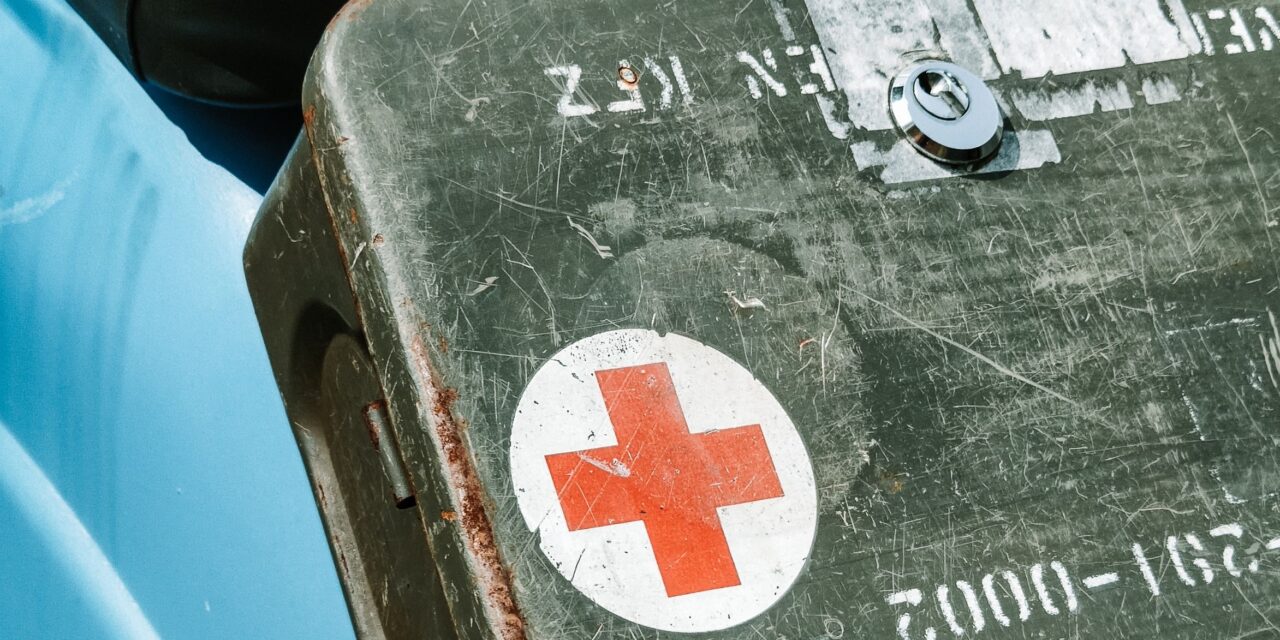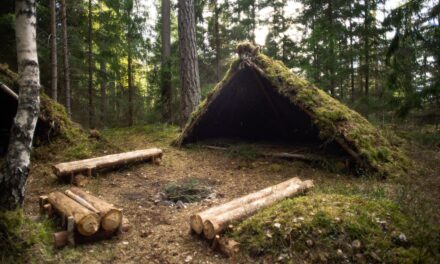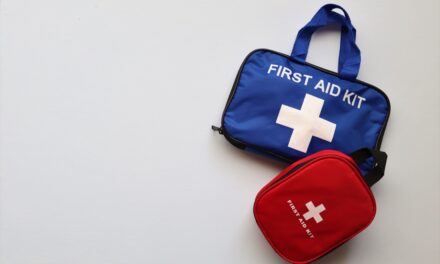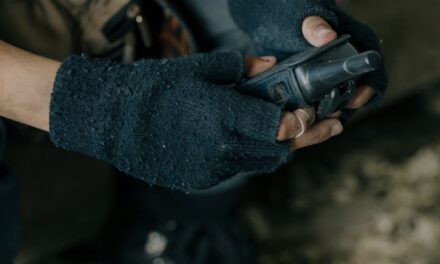Introduction: Crafting the Ultimate Survival Kit
In the world of survival and preparedness, the concept of an ultimate survival kit is pivotal for anyone serious about being ready for any situation. This comprehensive guide delves into the intricate process of assembling a survival kit that not only meets basic needs but also prepares you for a wide array of scenarios, from natural disasters to unexpected wilderness adventures.
An ultimate survival kit is much more than a collection of random items thrown into a bag. It’s a carefully curated ensemble of tools, supplies, and equipment that are strategically chosen to provide comprehensive support in various emergency situations. The key lies in selecting items that offer versatility, durability, and reliability, ensuring that you can rely on them when it counts the most.
This article will guide you through the essential components of the ultimate survival kit, examining each element in detail. We will explore the balance between necessary items and practical considerations such as weight and space. Whether you’re an experienced survivalist, a weekend adventurer, or someone who wants to be prepared for any eventuality, understanding the nuances of building an effective survival kit is an invaluable skill.
Through expert insights, practical tips, and an understanding of survival dynamics, we aim to equip you with the knowledge to assemble a kit that transcends basic survival and enables you to handle emergencies with confidence. Join us as we navigate the essentials of building the ultimate survival kit, a toolkit that could one day be the difference between life and death.
In-Depth Components of the Ultimate Survival Kit
Key Elements for Comprehensive Preparedness
Creating the ultimate survival kit involves more than just gathering gear; it’s about understanding and including components that cover all bases of survival. Here’s a breakdown of the essential elements:
- Water Filtration and Purification: Include a reliable water filter and purification tablets. Access to clean water is crucial for survival, making this one of the most important components of your kit.
- Durable Shelter Options: A lightweight but sturdy tent, a weather-resistant tarp, and a thermal blanket should be part of your gear, providing protection from various environmental conditions.
- Fire Starting Tools: Multiple fire-starting methods, such as waterproof matches, lighters, and fire strikers, are essential for warmth, cooking, and signaling.
- Emergency Food Supplies: High-calorie, long-shelf-life food items like energy bars, dried fruits, and ready-to-eat meals are vital. Ensure you have enough to last several days.
Navigation and Communication Tools
Getting lost or being unable to call for help can turn a survivable situation into a deadly one:
- Reliable Navigation Gear: A compass, detailed maps of your area, and possibly a GPS device are essential for maintaining your bearings.
- Communication Devices: Items like a whistle, signal mirror, and a battery-powered or hand-crank radio can be crucial for contacting rescuers. Consider carrying a satellite phone or a personal locator beacon in remote areas.
Health and Personal Safety
Your health and safety are paramount in survival situations:
- Comprehensive First Aid Kit: Tailor your first aid kit to include items for treating both minor injuries and more serious medical situations. Include personal medications and basic medical tools.
- Self-Defense Equipment: Depending on your environment and skill level, consider including items for self-defense, which could range from pepper spray to more specialized equipment like a survival knife or a multi-tool.
In the next section, we’ll summarize the key takeaways and provide final thoughts on assembling and maintaining your ultimate survival kit.
Summary and Key Takeaways: Assembling Your Ultimate Survival Kit
Essentials for an Effective Survival Kit
We’ve explored the crucial components of an ultimate survival kit, essential for ensuring preparedness in various emergency situations. To recap the key elements:
- Water Purification: Reliable methods for filtering and purifying water are a must-have in any survival situation.
- Shelter Solutions: Durable and versatile shelter options are vital for protection against the elements.
- Fire Starting Tools: A variety of tools to start a fire are critical for warmth, cooking, and signaling for help.
- Emergency Food: High-calorie, long-lasting food supplies are necessary to maintain energy and health.
- Navigation and Communication: Tools for navigation and communication are crucial for maintaining direction and contacting rescuers.
- Health and Safety: A well-stocked first aid kit and personal safety items are essential for addressing health emergencies and protecting oneself.
Final Thoughts on Building and Maintaining Your Kit
Assembling your ultimate survival kit is a continuous process that should be tailored to your specific needs, environment, and skill level. Here are some final takeaways:
- Personalization: Customize your survival kit based on personal needs, local environmental conditions, and your level of training and expertise.
- Quality Over Quantity: Invest in high-quality, durable items that you can rely on in challenging situations, rather than trying to pack too many items into your kit.
- Regular Review and Practice: Periodically review and update your kit to ensure all items are in working condition. Regularly practice using the items in your kit to build familiarity and proficiency.
- Knowledge and Skills: Along with a well-prepared kit, focus on acquiring and honing survival skills through training, workshops, and practical experiences.
In conclusion, an ultimate survival kit is a crucial component of emergency preparedness. While the right gear is essential, combining this with knowledge, skills, and a readiness mindset ensures you are fully equipped to face and survive any emergency scenario.








